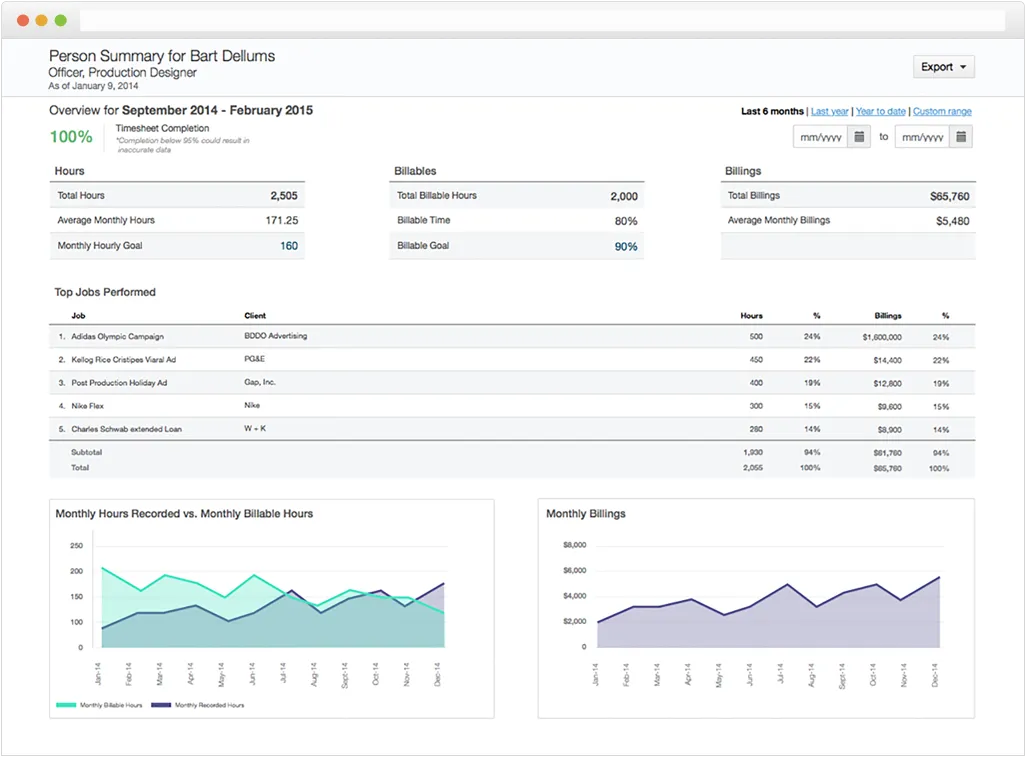There's one thing managers and employees tend to agree on — no one likes performance reviews. They are stressful. They are difficult. And both parties are often unhappy with the results (or lack thereof).
Managers Lack Training
Effective performance reviews don't just appear out of thin air. It takes time and mindshare for businesses to set up systems that work well and are appreciated by their teams. This type of training, however, falls distinctly in the unbillable hours category that plagues professional services, agencies, consultancies, and other organizations that obsess over employee utilization rates and billability. Also, management training is expensive, and many organizations lack the resources to do so effectively.
Managers Lack Data
Which employees were the most profitable? Who billed the most hours? Were there certain projects that went exceptionally well last quarter? Who worked on these projects? How much did these employees cost the business, versus how much revenue they brought in? Are there employees who provide a positive impact on the company but otherwise go under the radar? Far too often these questions are difficult to answer. That's because managers lack the fundamental information they need to conduct effective performance reviews.
The Halo Effect
Do charismatic employees receive preferential treatment? It's certainly possible, even if it's something that good managers are actively trying to avoid. Bias and discrimination have been a problem in the workplace since the very beginnings of commerce. While there has been an increased focus on workplace equality over the past 50 years, today's managers might unknowingly be struggling with the Halo Effect, a confirmation bias in which they treat an employee differently because he or she is attractive, well dressed, or affable. It's all too easy for managers to perceive — and review — these employees as higher performers than they actually are. This is not only unfair, it can damage team morale, negatively impact future hiring, and reward behavior that does not contribute to the success of the business.
Inconsistent Ratings
What one manager considers to be a good performance, another may view as mediocre. High-performing organizations will often attempt to level set and go through a process of calibration, but that takes time, effort, and HR infrastructure that smaller businesses may not have. Larger organizations have difficulty scaling the review process, as they are challenged with finding a common ground between their many different employee types who perform distinctly different functions that may not easily map to a broad appraisal methodology.
Employee Performance Reviews — with Data

So, what can organizations do to improve the employee performance review process? We recommend data. Real, quantifiable data that highlights which projects employees worked on, how many hours they billed, what they cost the company, and how much revenue they generated. Adding data to review systems helps to remove biases (like the halo effect) and better positions managers to offer more objective reviews of employee performance.
Regardless of how charismatic, how kind, or how fun it may be to spend time with a particular employee, their performance should be reviewed in terms of contribution to the business — and that can only be done with data.





